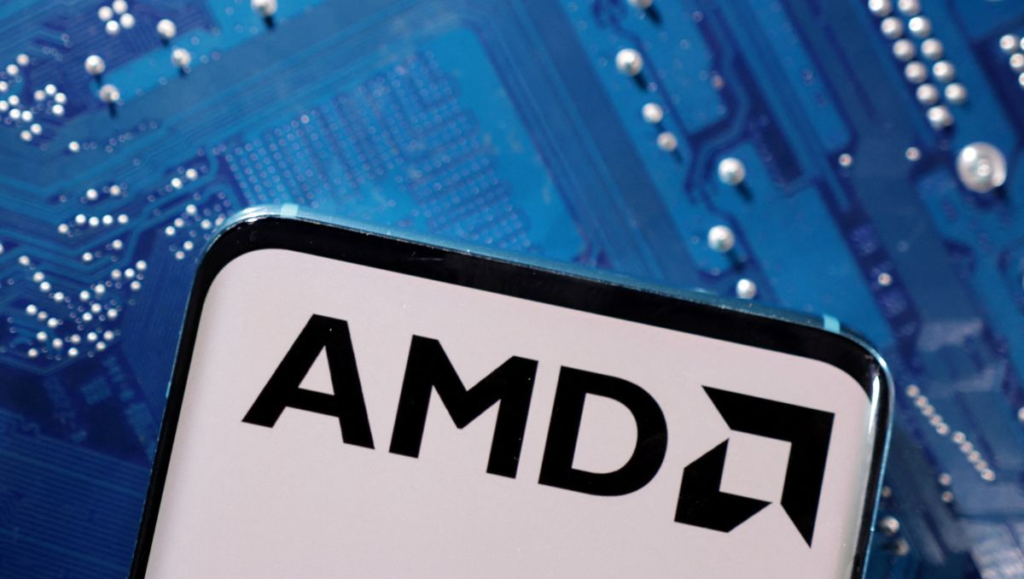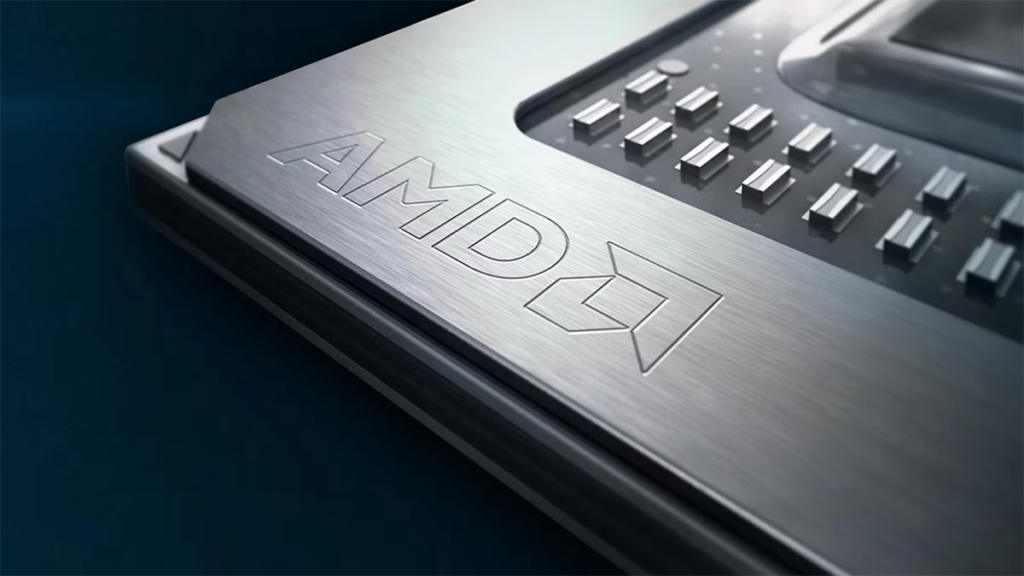One of the leading players in the semiconductor industry, AMD, has reduced its workforce by 4% of its global staff. The move comes after the steep decline in revenue from its gaming division, which fell 69% year over year. AMD said the layoffs of 1,000 employees worldwide were part of its strategy to focus on ‘largest growth opportunities,’ mainly in AI and data centers.
Gaming Revenue Nosedives
AMD’s gaming division, which produces Radeon GPUs and custom chips in the PlayStation 5 and Xbox Series X, is under enormous pressure. This segment saw revenue plummet to $2.03 billion in the first three quarters of 2024 following $4.84 billion in the first three quarters of 2023. As console lifecycles age, waning demand for gaming hardware is on display with this steep fall.

Although, AMD has now had a big success with its Ryzen 7 9800X3D gaming CPU, which has sold out in many markets. However, it is not enough to overcome the broader problems with the gaming segment.
Shifting Focus to AI and Data Centers
The data center and AI divisions of AMD are booming, while the gaming side flounders. From $1.6 billion Q3 revenue to an all-time high $3.5 billion Q3 revenue. These wins come from AMD’s Instinct GPUs and EPYC CPUs, partnered with tech industry heavyweights like Microsoft and Meta.
Meta relies on the same GPUs that Microsoft is now using to power OpenAI’s GPT-4 models to power its own Llama model. AMD has also seen strong adoption of its EPYC CPUs in cloud instances from Amazon Web Services, and Microsoft Azure.
Gaming Division Faces Tough Competition
AMD’s gaming business is still in a headwind, as aging console hardware and lackluster sales of Radeon GPUs sapped sales. AMD claims gaming revenue has been falling due to lower demand for semi-custom chips, the enablers behind PlayStation and Xbox consoles. As these consoles draw to a close on their life cycle, demand has to naturally drop off.
Radeon GPUs are still no match for Nvidia’s market-leading graphics cards. Nvidia GPUs still rule the top ten spots of the latest Steam hardware survey, while the Radeon RX 7900 XTX shows up down the list scores.
Preparing for a Next-Gen GPU Transition
AMD is optimistic about the future of its gaming division, even in a state of current struggles. Next-gen Radeon GPUs based on RDNA 4 architecture will be released by the company in the first half of 2025. They are designed to improve significantly and aim to regain market share from Nvidia.
Additionally, AMD is banking on its partnership with Sony for the PlayStation 5 Pro rolling out with a new AMD semi-custom chip. But analysts see this premium console fall short of the record sales of the blockbuster pocket PC.
Financial Overview
Even having gaming struggles, AMD’s Q3 2024 revenue hit $6.8 billion, up 18% from the prior year. The growth was driven by booming AI and data center demand. For the second consecutive quarter, AMD’s gross margin expanded to 50% and gross profits grew 24% over last year. AMD suggests that for Q4 2024, revenue will be $7.5B, or up 22% from the year-ago period. But Wall Street is disappointed with this.

End Note
AMD has vividly acknowledged industry dynamics shifting, which is demonstrated by the strategic pivot towards AI and data centers. Gaming is a big part of it, but its future growth will likely derive from its ability to take off in fast-growing AI and data center markets. AMD’s gaming division is having trouble keeping up with the competition. However, there are upcoming product launches and a new focus on next-gen hardware, gaming enthusiasts could see a boost.





